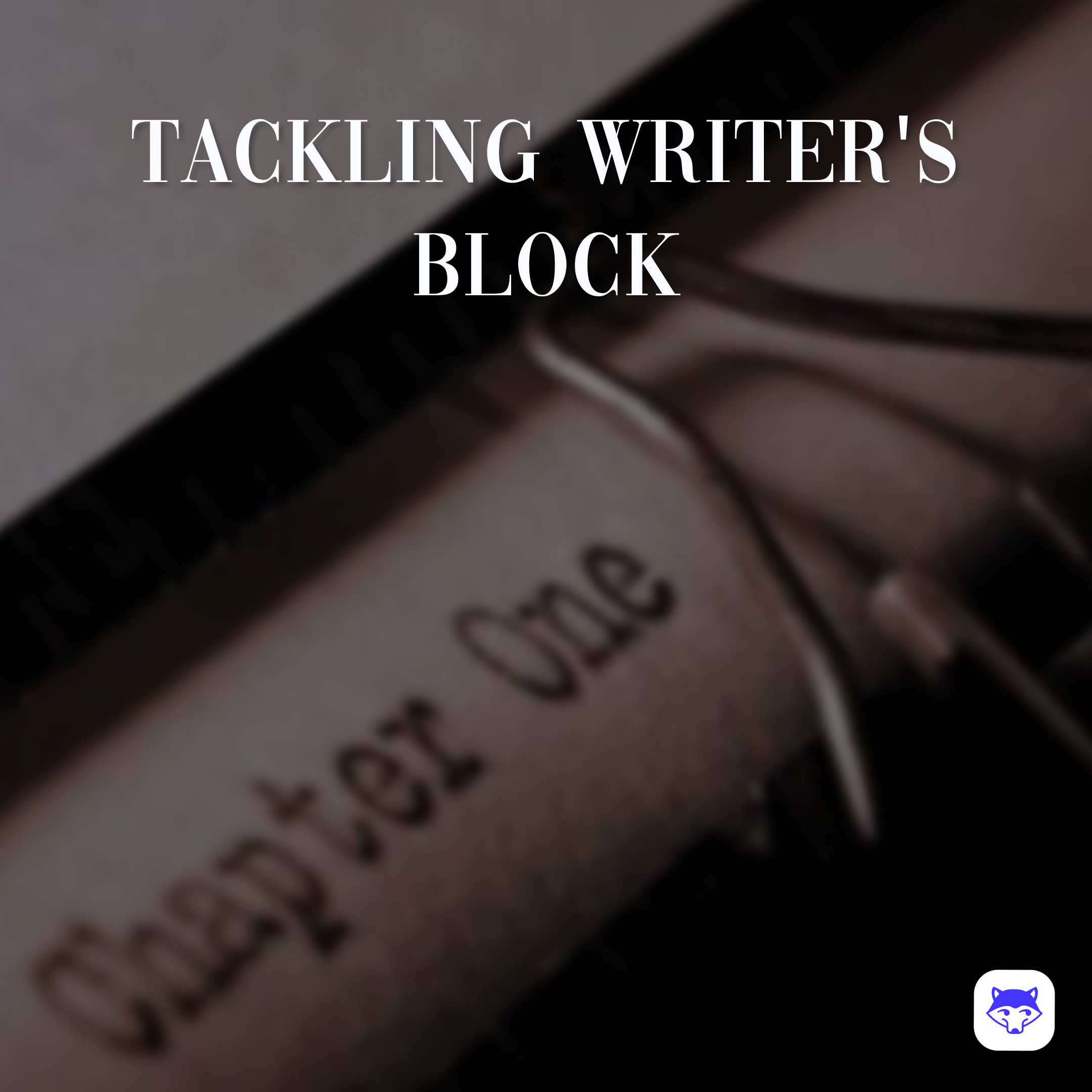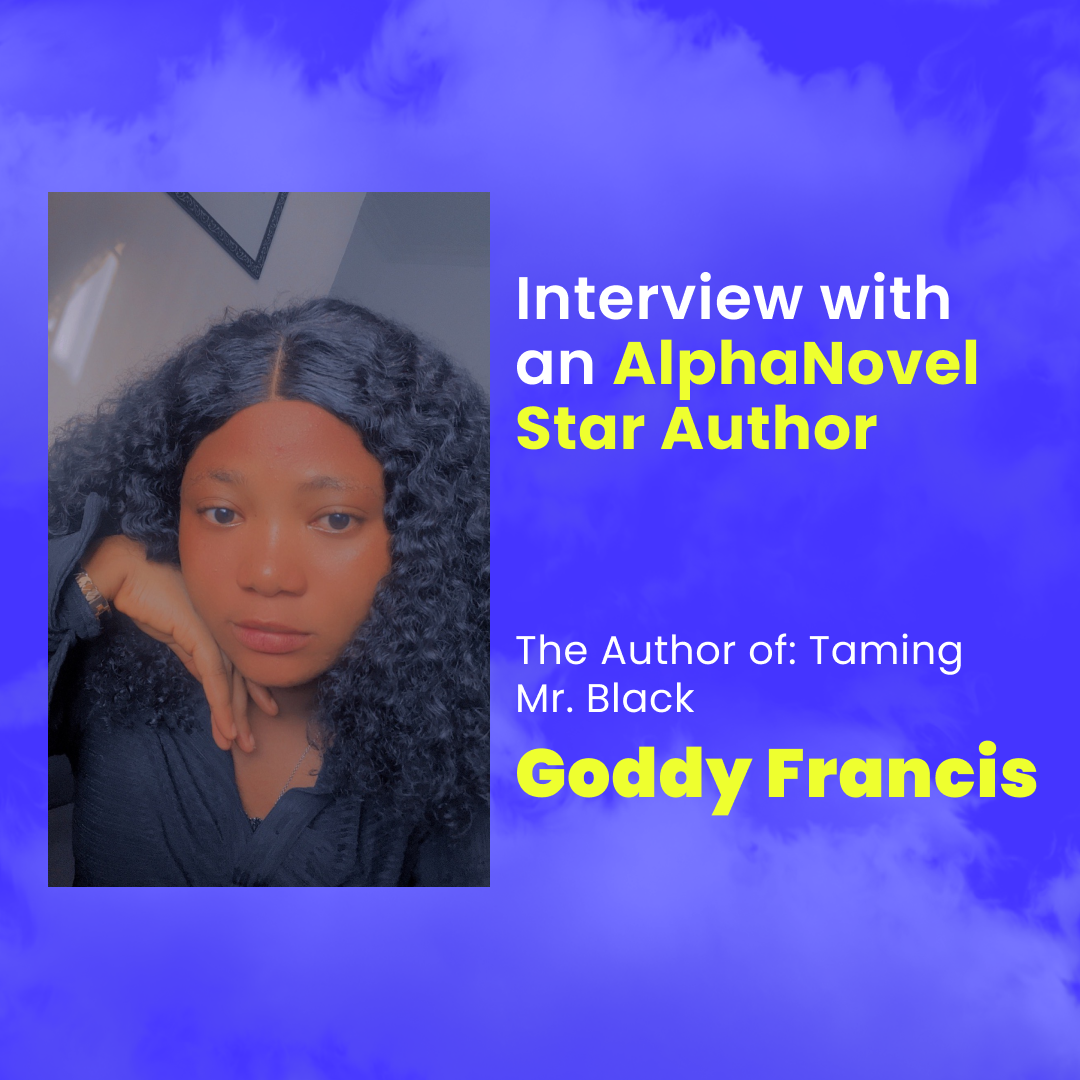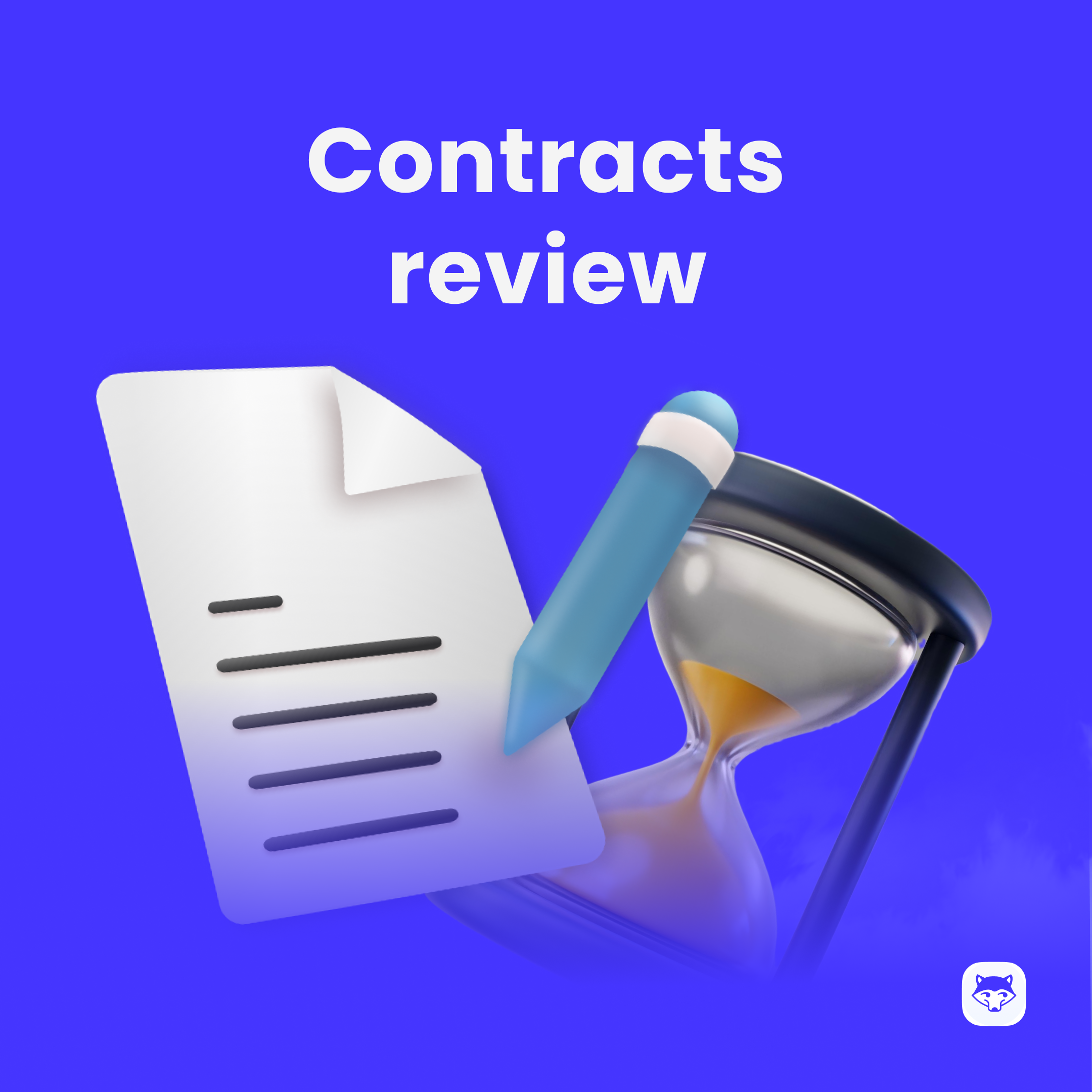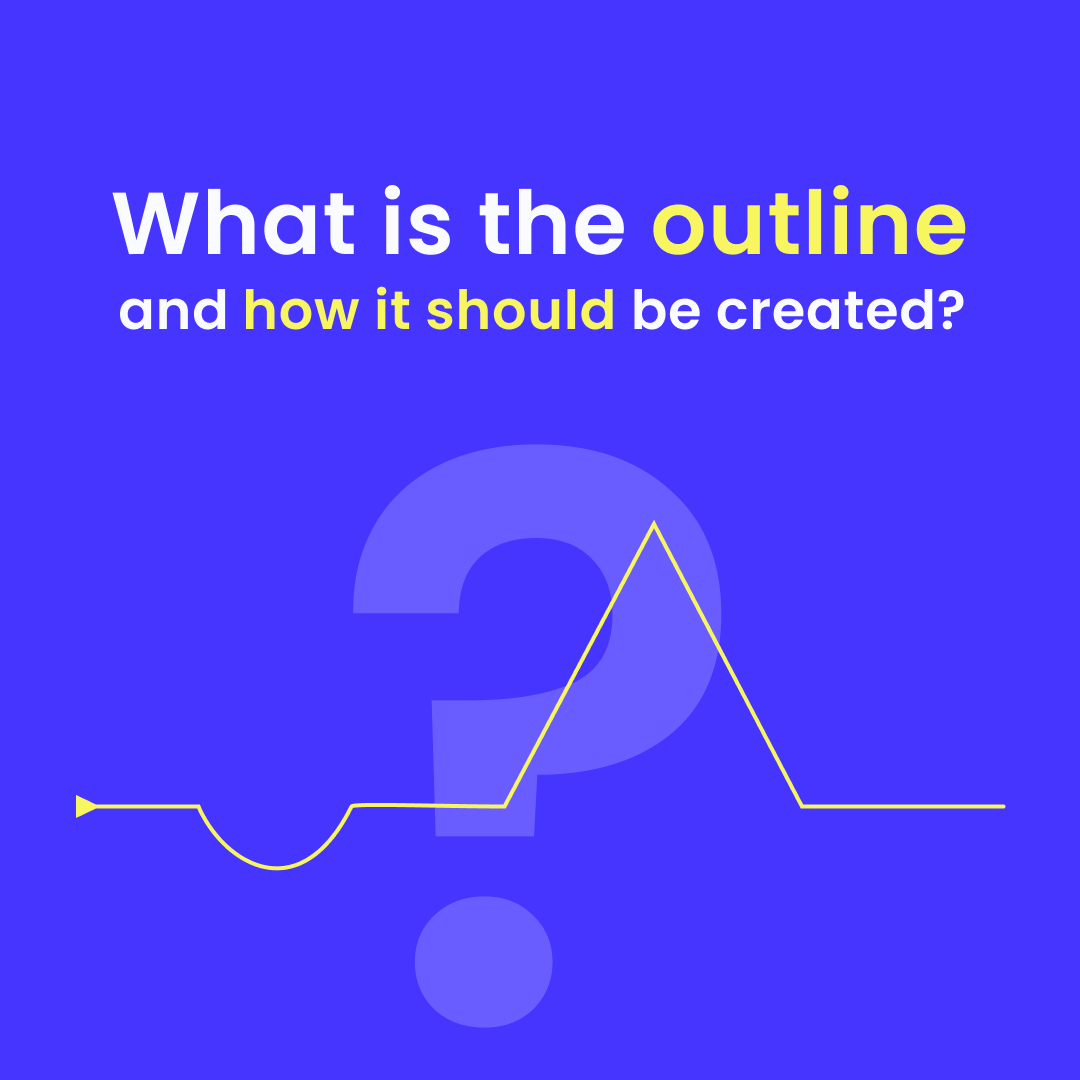Writer’s block can be frustrating and demotivating, but it doesn’t have to be a permanent roadblock. So, are you currently experiencing writer’s block and wondering: how to overcome it? Rest assured, we have a solution for you. This guide offers effective techniques to help you restore your writing flow and regain productivity. Below, you will find eight proven methods to overcome writer’s block.
Step 1: Take a Break and Refuel
When faced with writer’s block, it’s important to take a step back and give yourself permission to take a break. Engage in activities that inspire you, such as reading, meditating, going for a walk in nature, or pursuing a hobby, find an activity that helps you unwind and disconnect from the pressures of writing.
Take a moment to recharge your mind and reignite your creativity! Sometimes, our minds get overwhelmed and need a little break. By taking the time to relax and clear your head, you can spark fresh ideas and restore your creative energy. Remember, permitting yourself to take a break can actually be the key to overcoming writer’s block and finding renewed inspiration. So, go ahead, take a break and refuel.
Step 2: Freewriting and Brainstorming
Get your creative juices flowing by engaging in freewriting or brainstorming sessions. Set a timer for a specific duration and write without any constraints or judgment. Allow your thoughts to flow freely, jotting down ideas, fragments, or snippets of prose. This process can help bypass your internal editor and generate new ideas.
Step 3: Change Your Environment
A change of scenery can have a significant impact on reigniting your creativity. Consider writing in a different location, such as a café, park, library, or by the sea.
Remember, great writers throughout history have sought inspiration from various environments. From Hemingway writing in cafes across Europe to J.K. Rowling’s finding solace in Edinburgh coffee shops, writers have long recognized the benefits of changing their surroundings.
So, if you’re feeling stuck or in need of a creative boost, don’t hesitate to venture beyond your comfort zone. Embrace the unknown, embrace change, and let the new environment infuse your writing with fresh ideas and renewed enthusiasm. As the saying goes, “A change is as good as a rest.”
Step 4: Set Realistic Goals and Establish a Routine
Set achievable writing goals and establish a writing routine. Break down your writing tasks into smaller, manageable chunks. By having a clear plan and sticking to a routine, you can overcome the overwhelming feeling of writer’s block and make steady progress towards completing your work.
Step 5: Seek Inspiration
Immerse yourself in sources of inspiration. Read books, watch movies, listen to music, or explore art galleries. Exposing yourself to different forms of creativity can help spark new ideas and perspectives. Look for inspiration in everyday experiences, conversations, or current events.
Step 6: Keep a journal or notepad handy
As a writer, inspiration can strike at any moment. It’s those fleeting moments of brilliance that often lead to incredible stories, or ideas. And if you don’t capture them, they can easily slip away, lost in the sea of countless thoughts.
Not only does keeping a journal help you preserve your ideas, but it also serves as a wellspring of inspiration when you’re facing a creative block. Flipping through the pages of your journal can transport you back to the moment of inspiration and reignite the spark that initially ignited your imagination.
So, whether it’s a stylish notebook, a digital notepad, or a simple scrap of paper, always keep something nearby to capture those unexpected moments of inspiration. Don’t let your brilliant ideas slip away into the abyss of forgetfulness. Embrace the power of a journal and let it be the vessel that preserves and nurtures your creative genius.
Step 7: Collaborate or Seek Feedback
Consider collaborating with other writers or seeking feedback from trusted peers. Sharing your work with others can provide fresh perspectives, constructive criticism, and motivate you to overcome writer’s block. Join writing groups, workshops, or online communities to connect with fellow writers and gain support.
Step 8: Embrace Imperfection
Remember that first drafts are rarely perfect, and it’s okay to write imperfectly. Don’t let the fear of failure or judgment hinder your progress. Give yourself permission to make mistakes, knowing that the editing process exists to refine and polish your work.
Writer’s block is a common challenge, but by employing these strategies, you can effectively reignite your creativity. Remember that overcoming writer’s block is a personal journey, and different techniques may work better for different individuals. Keep experimenting, stay persistent, and trust in your creative abilities. With patience and determination, you can break through writer’s block and continue on your writing journey.
Best of luck🤓













